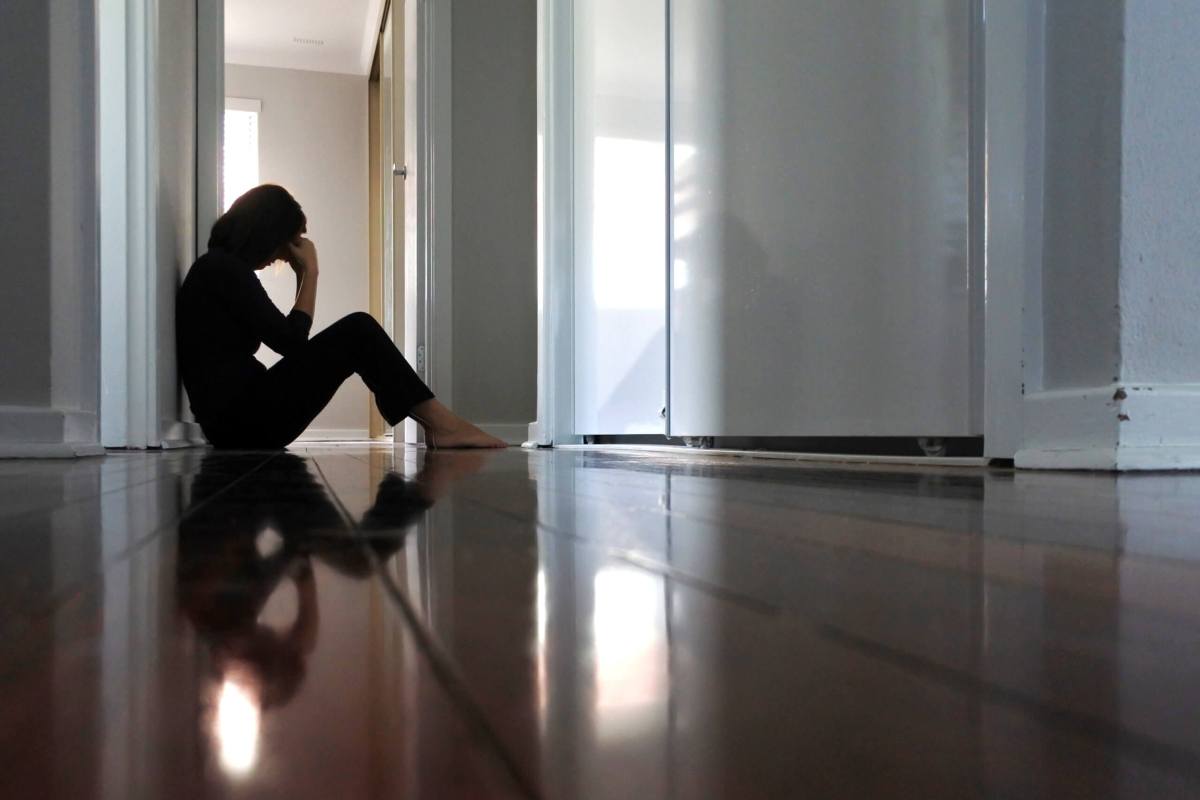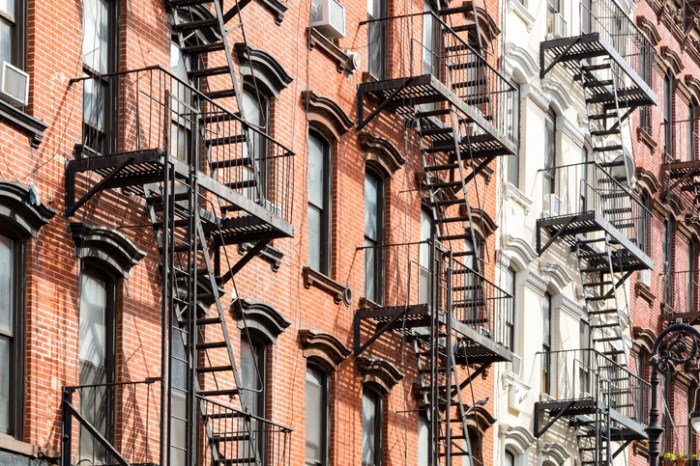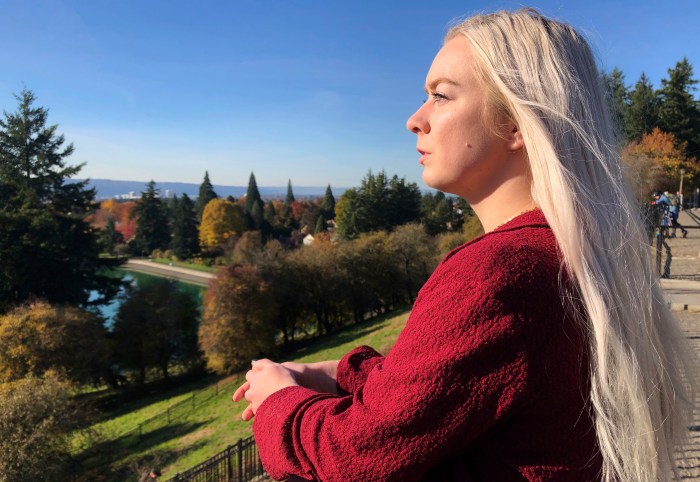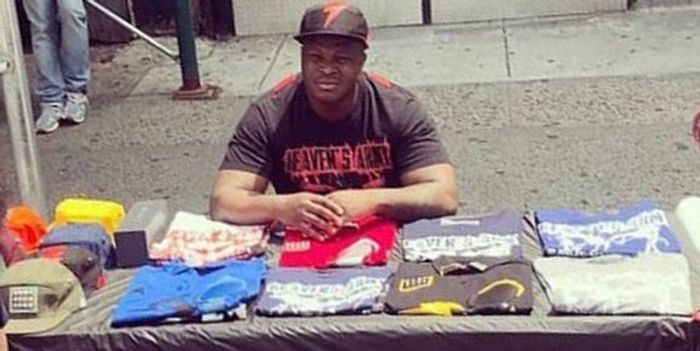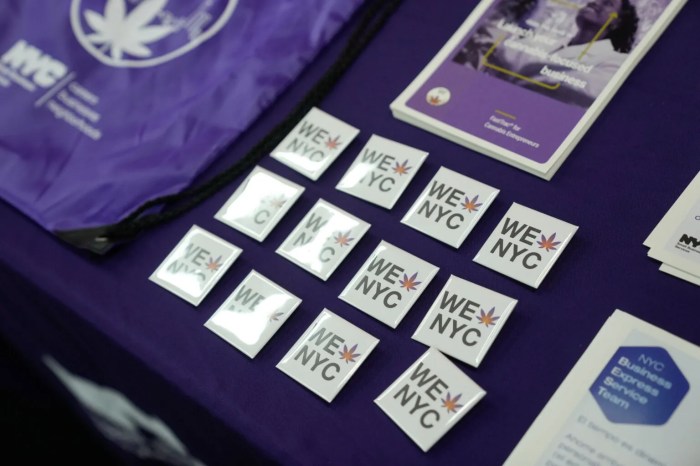It’s not surprising that the physical and economic suffering caused by the COVID-19 pandemic has been coupled with a dramatic increase in anxiety and depression among many New Yorkers over the last year.
But a report released Monday by the New York State Health Foundation found that communities of color seem to be suffering the worst from the pandemic’s mental trauma — revealing yet another tragic disparity during the health crisis.
The study on the “Mental Health Impact of the Coronavirus Pandemic in New York State” found that more than a third of all New York state residents (37%) reported poor mental health during the pandemic as of October 2020. The report, however, demonstrated that the anguish is not equal among every New Yorker.
According to the foundation, 42% of Hispanic New Yorkers and 39% of Black New Yorkers reported symptoms of anxiety and/or depression during the previous week. That’s higher than the rate of poor mental health among whites (36%) and Asian New Yorkers (31%).
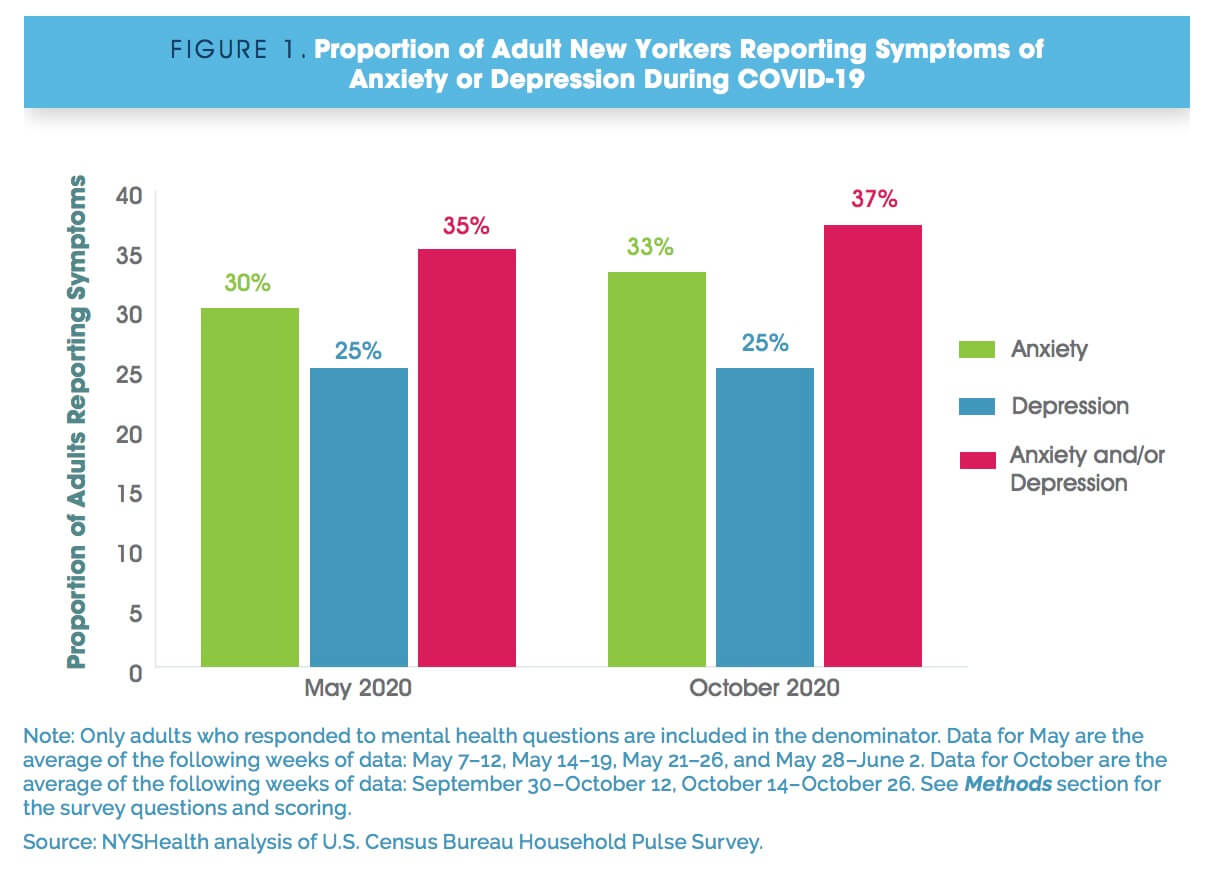
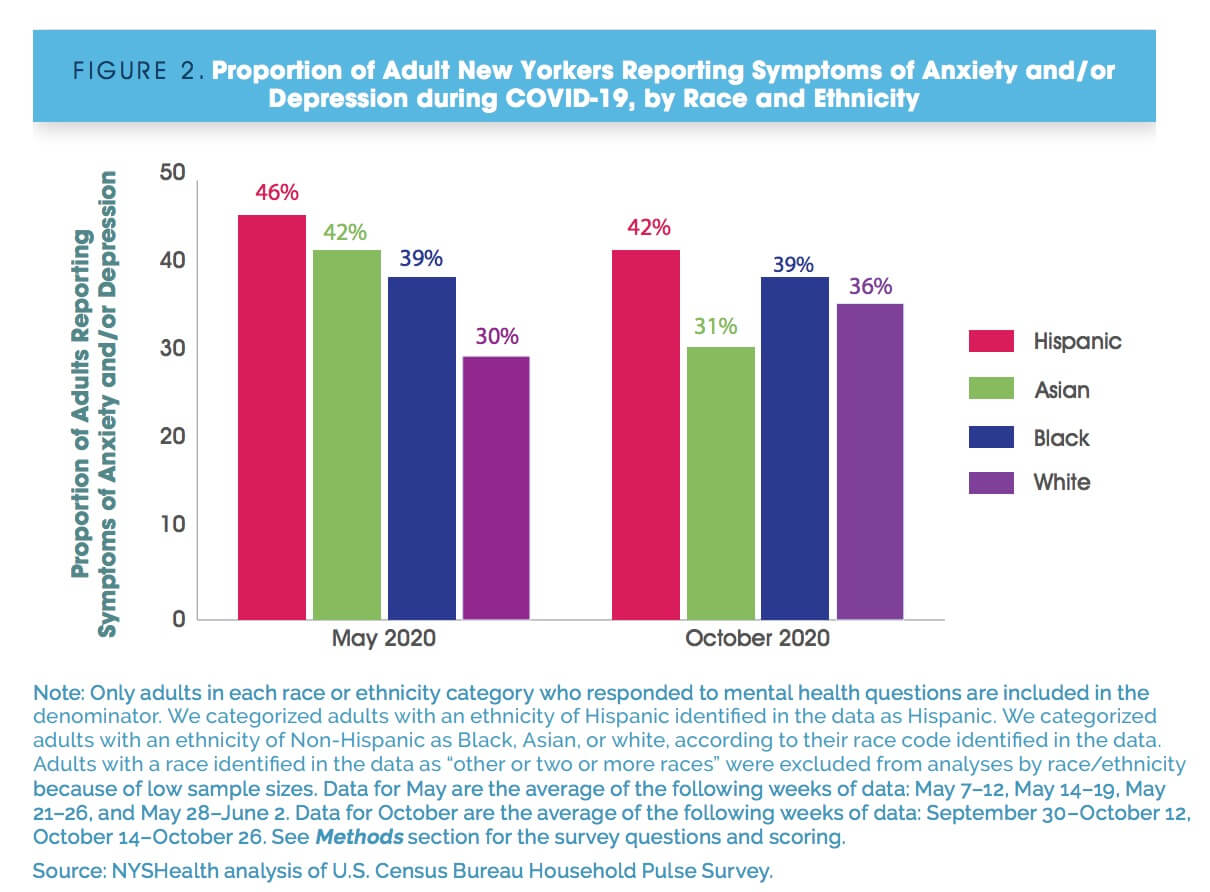
Much as the COVID-19 pandemic amplified societal inequalities in matters such as physical health care and criminal justice, it has also exposed the glaring mental health gap in communities of color. Dr. Mark Zezza, director of policy and research at the New York State Health Foundation.
Anxiety and depression rates are up across the board among all New Yorkers, more than double the normal rate, but Zezza noted that Black and Latino New Yorkers were suffering from mental health issues at higher rates before the pandemic.
“This is just amplifying trends that existed prior to the pandemic,” Zezza said. “Things just seem to be getting worse and piling on more vulnerable populations.”
Age and income also appear to be factors in the state of New Yorkers’ mental health.
The report found that 49% of young adults between ages 18 and 34 reported suffering anxiety and depression bouts. Moreover, nearly half of all New Yorkers (47%) who reported poor mental health symptoms said they had lost employment income since the pandemic began last March. That rate is 1.7% higher than among residents who did not report lost income, the study noted.
The report concludes that more programs and resources must be made available to New Yorkers who need mental health care. It recommends an expansion of health insurance programs to increase coverage for mental health services, and making telehealth sessions more accessible to all.
Zezza said telehealth has been used by psychologists to great effect during the pandemic, enabling patients to meet with their doctors remotely, through telephone or video chats, while maintaining social distancing.
Early on in the pandemic, New York state government launched various remote mental health programs to help New Yorkers cope with the crisis. That includes NY Project Hope, a free emotional support hotline set up with counselors for people suffering from pandemic-related anxiety, depression and stress.
Zezza believes the state can’t do it alone.
“Perhaps the federal government can support these services and ensure that the state has a public health infrastructure to maintain those services and extend their availability,” he said. “Partnering with some philanthropies or other types of nonprofit groups to help by perhaps offering lower cost health services such as phone or text services to increase awareness and availability. These are things that the state has been trying to do and it’ll be important” moving forward.
If you or a loved one is dealing with mental health anxiety or depression during the pandemic, call the free NY Project Hope emotional support hotline at 844-863-9314.



